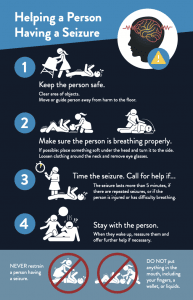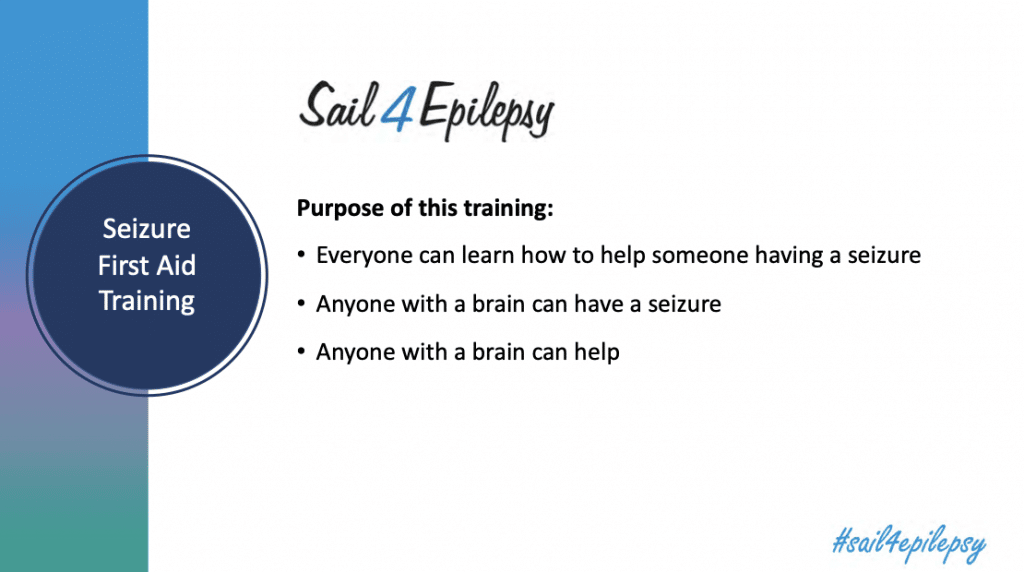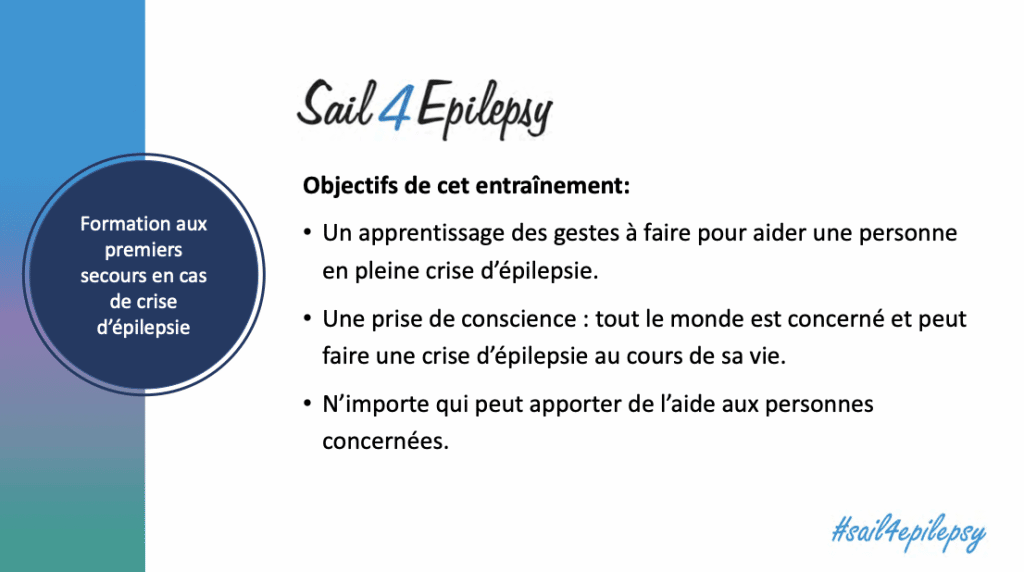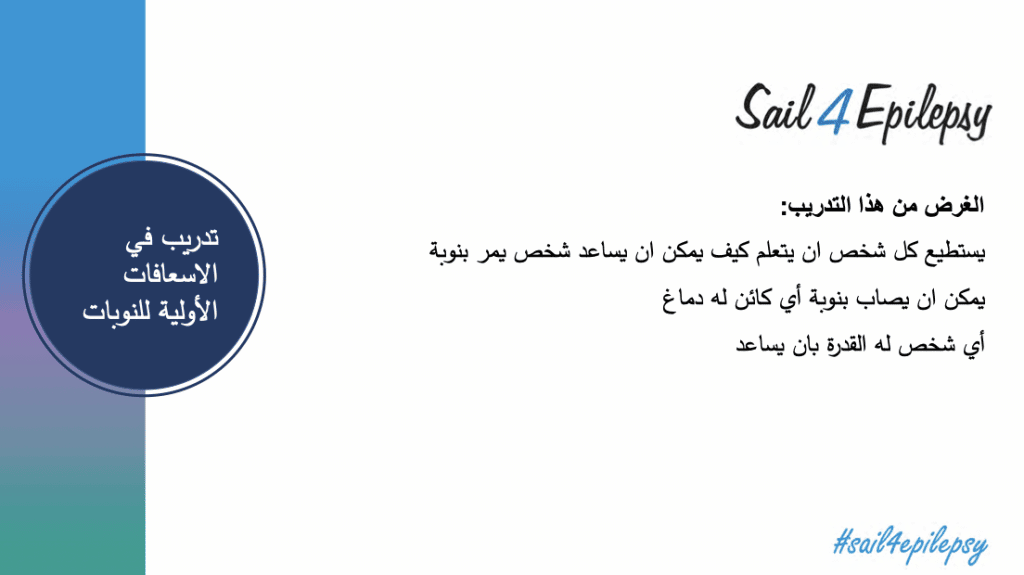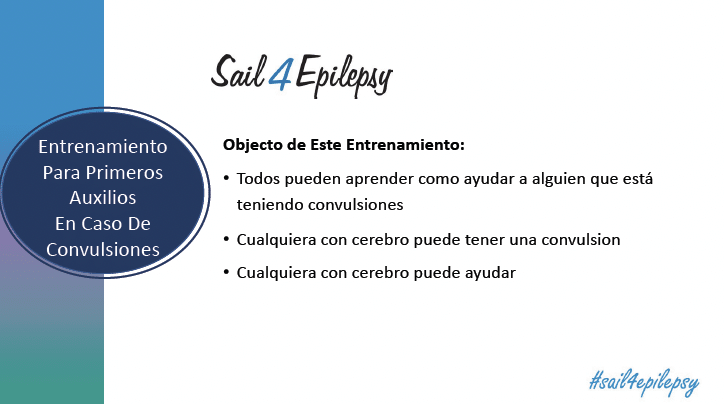Downloadable Seizure First Aid Materials • Seizure First Aid Ready On-Demand Training
Tonic-clonic Seizures
Seizures are often depicted as only being of the form that a person loses consciousness, falls to the floor and exhibit repeated movements of their limbs. These seizures are called tonic-clonic seizures.
Do you know what to do if you encounter someone who is having a tonic-clonic seizure? For most people, the answer is “No”. When someone is having a tonic-clonic seizure there is little you can or should do.
Here’s a simple list of do’s and don’ts.
DO
DO NOT
- Do move objects and/or furniture away from the person having a seizure so that they don’t injure themselves.
- Do time the seizure and call for emergency help if the seizure lasts more than 5 minutes, if there are repeated seizures, or if the person is injured or has difficulty breathing.
- Do make the individual comfortable when the seizure stops.
- Do consider turning the person on their side after the seizure during the period of recovery.
- Do expect to find that the person who has had the seizure will be confused and tired afterwards.
- Do NOT try to hold someone down when they’re having a seizure.
- Do NOT (and I mean NEVER) try to put anything in the mouth of someone having a seizure. (Some think you should put an object like a ruler in the mouth to stop the person having a seizure from biting their tongue, but it’s more likely that you’ll get bitten or they’ll bite a piece off the object and choke on it.)
Other Types of Seizures
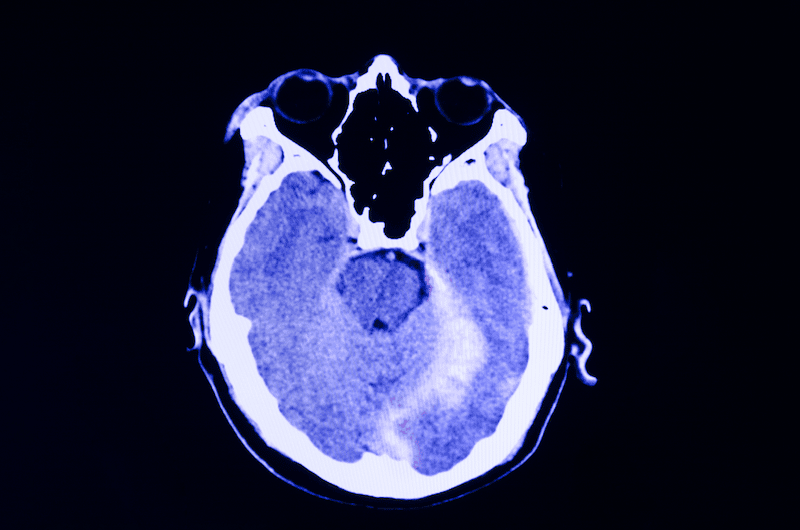
Did you know that seizures can occur without any loss of consciousness? A seizure is the result of abnormal electrical activity in the brain that can be restricted to a small brain region or can become generalized across both sides of the brain. Because different areas of the brain can be involved the way a seizure manifests can be so different from individual to individual.
Seizures without any change of awareness
In some forms of seizure, the person is at least partially aware of the seizure – these are called Focal Aware Seizures and result from altered electrical activity in a “focal” region of the brain.
- Usually you don’t need to do anything.
- Stay calm and reassure the person they are safe.
- If the person is frightened or anxious, encourage them to take slow deep breaths or do something that is calming or relaxing.
- Stay with the person until the seizure is over. Make sure that they are fully aware of what is going on before they are left alone.
More first aid for Focal Aware (simple partial) Seizures
Seizures with altered awareness
In Focal Impaired Awareness Seizures the focal electrical activity prevents the person being aware of their surroundings and they will not be able to respond fully.
- If the person has a warning before they lose awareness, help them to a safe place.
- Stay with the person and don’t let them wander away into an unsafe situation.
- Do not assume that they can talk or that they can hear you and follow instructions. Assure them they are safe and repeat instructions on what they should do next.
- Time the seizure.
- Make sure that they are alert, oriented and safe after the event before they are left alone.
More seizure first aid for:
First Aid in Special Conditions:
Materials
Knowing how to help someone during a seizure can make a difference and save a life.
We’ve created a PDF describing seizure first aid in multiple languages and sizes for your convenience. Please view the list below to find the language of your choice. Help us educate about seizure first aid by hanging up a poster, handing out a flyer, or sharing on social media.
English: Half Page Flyer • Poster
French: Half Page Flyer • Poster
Spanish: Half Page Flyer • Poster
Portuguese: Half Page Flyer • Poster
Arabic: Half Page Flyer • Poster
Seizure First Aid Ready
Access a 30 minute online training from anywhere, anytime. Seizure First Aid Ready educates the public on the Epilepsy Foundation’s basic procedures for responding to someone having a seizure.
Share What You Learn
After you’ve taken the training, consider sharing what you learned with your friends, family, yacht club, sports team, workplace, or a civic / community organization.
We’ve put together presentations in multiple languages that you can download to help you teach others.
Virtual Seizure First Aid Ready Training
Knowing how to help someone who is having seizure can save their life. Yet, many do not know what to do. We offer Virtual Seizure First Aid Ready training to groups who would like to learn more about epilepsy, its causes, treatment options, as well as how to help during and after a seizure. We have given these trainings to civic groups, organizations that host summer camps for children, and as part of a Human Resource Department’s campaign for Epilepsy Awareness Month.
If you’d like to learn more about having Sail For Epilepsy give a virtual training to your organization, please contact us at [email protected].
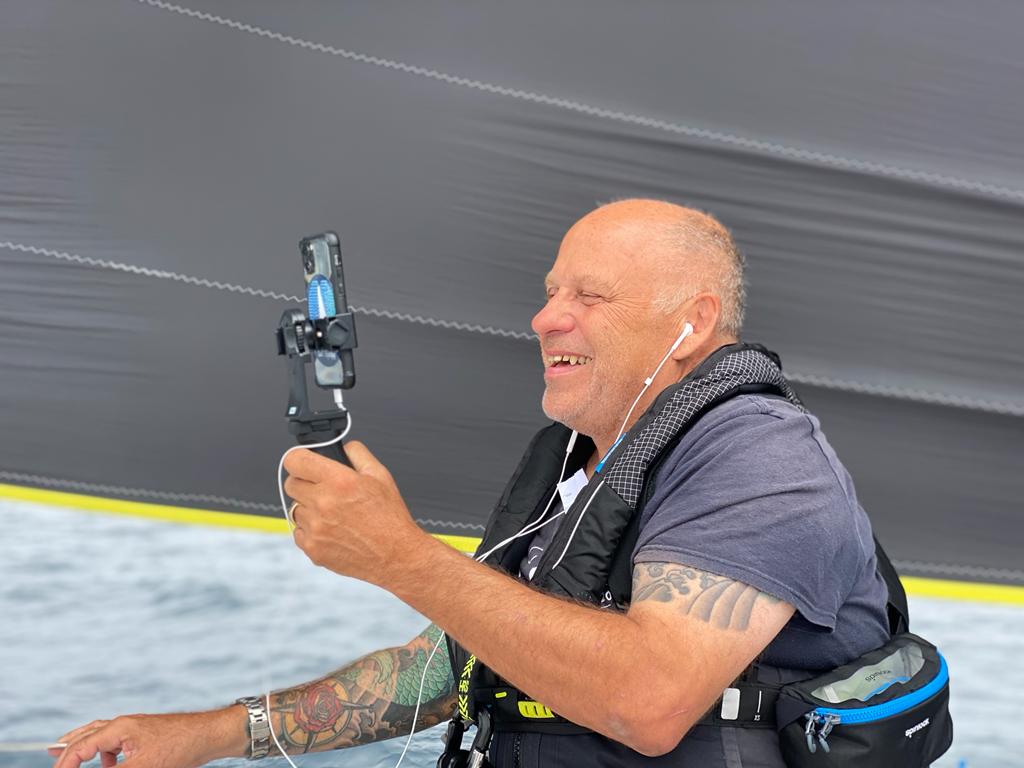
Become a Virtual Shipmate
Take the One More Step Challenge and become a Virtual Shipmate! We’ll add your first name to the boat and you could receive a call from Phil while he’s sailing offshore.
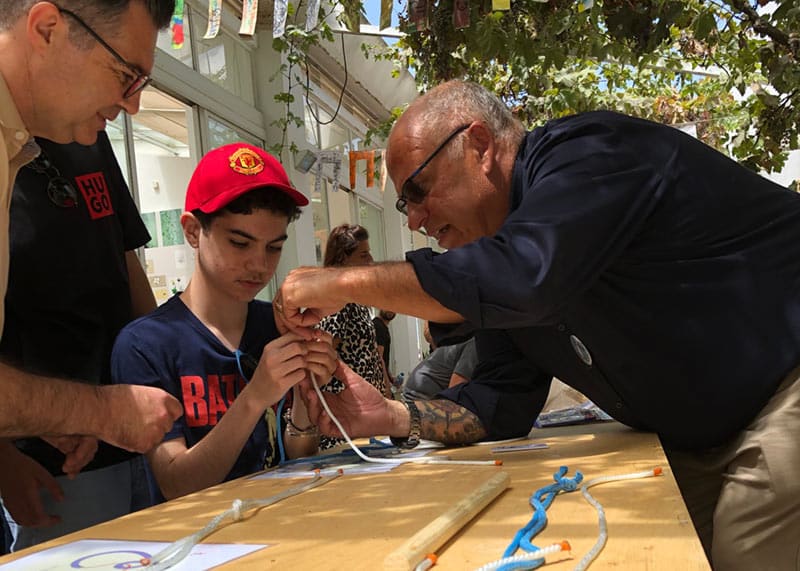
Join Our Mailing List
Want to know first about upcoming events and future voyages? Subscribe to receive newsletters and special announcements.

Ship’s Log
Get caught up on past voyages and learn more about life at sea.

